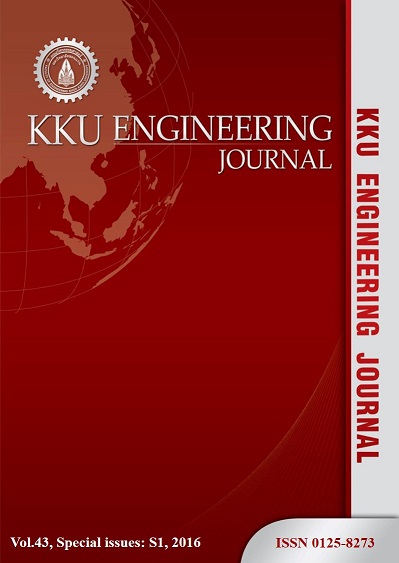Experimental water to air thermoelectric cooling application in automobile
Main Article Content
Abstract
In the present, HVAC in automotive application is a compulsory feature. It is to cool or heat a compartment or space for the comfort of users or preserving items. This will rely on a compressor driven system using compressed refrigerants. The system is however, requiring maintenance, space consuming, and drawing out a significant amount of valuable power from the engine in order to supply the system in case of automobiles. This research provides the feasibility test of a thermoelectric air conditioner in order to avoid the demerits of a HVAC system. Peltier effect was selected as the operating principle in the heat transfer process instead of the HVAC system. The benefit of a Peltier cooler is the compactness of the packaging as well as being maintenance free while offering reasonable cooling performance. Thermoelectric plates are connected with a water box then connected outside with a heat exchanger and radiator and fans. The module will be tested against the factory installed climate control system. The system could provide cooling effect by adjusting the electrical current path. This research will focus on the ambient temperature before and after the thermoelectric plates were switched on. The outcomes were that the system could not immediately cool the vehicle as good as the factory air conditioner due to poor ventilation system as well as the stability of the power supply that could be improved. The results proved that the thermoelectric principle itself could work and be used in applications, only it requires more optimization on the system.
Article Details
How to Cite
Pannucharoenwong, N., Theerakulpisut, S., Rakngam, A., Benjapiyaporn, C., Benjapiyaporn, J., & Promteerawong, P. (2016). Experimental water to air thermoelectric cooling application in automobile. Engineering and Applied Science Research, 43, 155–157. retrieved from https://ph01.tci-thaijo.org/index.php/easr/article/view/69721
Section
ORIGINAL RESEARCH
This work is licensed under a Creative Commons Attribution-NonCommercial-NoDerivatives 4.0 International License.



